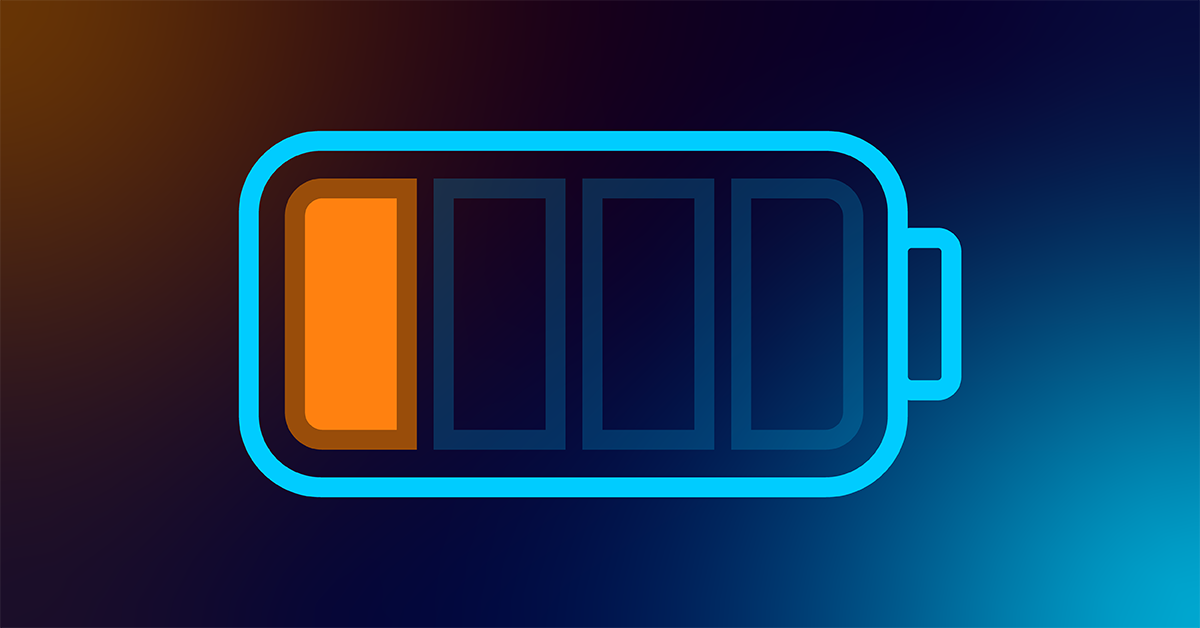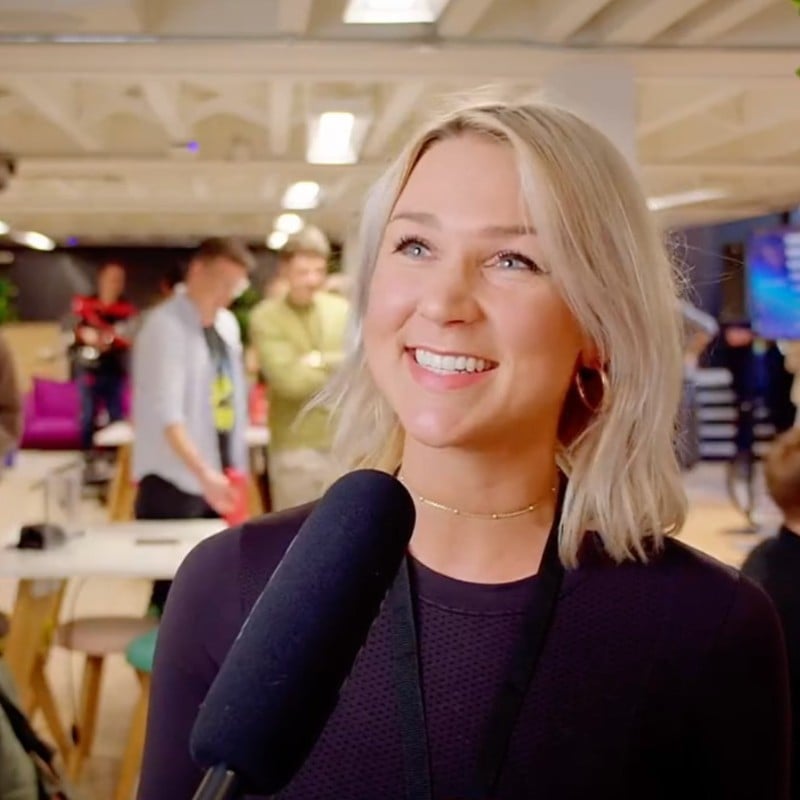
The term “burnout” is cropping up more and more, and that might be down to the fact that a lot of us are speaking more openly about what’s going on – you know, up in our heads – and understanding ourselves that little bit better.
Seeing as most jobs take up most of our time, that whole ‘work-life balance’ thing can really play into it.
But it doesn’t always work like that, does it? And when you’re in a role where you’ve got to bring a lot of big, bright ideas and creations to the table every single day, you’re officially vulnerable to things like writer’s block, creativity blocks and.... “creative burnout”.
If you’ve experienced this type of burnout yourself, seen it in your team, or just want to try and avoid it, here’s our guide on dealing with creative burnout.
Let's start with the basics.
What is creative burnout?
Creative burnout is a state of physical, emotional and mental exhaustion revolved around creativity or being creative.
In other words, the creative juices are not flowing, and the work that you usually deem enjoyable is causing anxiety, overwhelm and general fatigue.
5 creative burnout symptoms to watch out for
The symptoms can be hard to pinpoint, however here are 5 signs of creative burnout for you to watch out for – whether that’s for yourself or to spot in your team as a marketing leader:
1. Lack of motivation
Feeling zero motivation is one sign you’re creatively burnt-out, and that lack of motivation doesn’t only affect your work motivation, but motivation for other aspects of your life too.
You might see a struggle to ‘get up and go’, whether that's for a big 6-month project you’re rounding off, the fitness regime you’ve got going on, going to the shop for groceries, or just getting out for that daily walk (hot girl walk, or otherwise).
The result? Long-term procrastination, seriously low engagement with work, little-to-no sparks of joy – and that all sucks.
2. Low mood
With low motivation often comes low mood. When you’re not feeling excited about your work – particularly when your job relies on creativity and thinking outside the box – it's kinda like “what’s the point?”.
A low mood can affect your work and your general outlook. Taking part in your favorite hobbies and seeing friends can quickly feel like a chore, and doom-scrolling can see you lose time to things you don’t even want to be watching and start to make unhealthy comparisons. And we don’t want (or need) any of that, do we?
3. Zero energy and constantly exhausted
When your brain is not super active, challenged or brimming with new, fun creative marketing campaigns (for example), it can impact your physical self too.
It might be that you’re up all night worrying about deadlines you might not meet, that anxiety is working your body overtime, or that you’re just not getting the endorphins you need. Whatever it may be, it can quickly have a negative impact on your energy levels.
This can lead to you struggling through tasks you perceived as basic before, which can be frustrating and anxiety-inducing.
4. Work dread AKA extended Sunday blues
We’ve all been there – it's a Sunday evening, we’re sitting enjoying ourselves after a couple of days off work. Then they creep in: the Sunday blues. 😱
The realization hits; the knowledge that we have to set our alarms, get out of bed in the morning, and go to work.
Even when you’re feeling good in yourself, this can cause anxiety, angst and just dread for the week ahead. When you’re suffering from creative burnout, these negative feelings can be amplified.
Not only is it overwhelming in itself to feel creative burnout, but when you’ve got notifications popping up, people contacting you via Teams, Slack, email, Linkedin (...carrier pigeon?), and meetings to join on top, it can be a lot to face.
5. Doubting yourself
The world is a fast-paced place, and during any form of burnout, it can feel like everyone else is passing you by while you’re feeling plain awful.
Doubting yourself or feeling like you’re not good enough is a common sign of burnout. If you suspect someone in your team might be suffering, this symptom can show in ways of self-deprecation or not being their usual on meetings or in the office.
That voice inside our heads has a nasty tendency to put ourselves down, and it can be hard to break through when you’re not feeling positive in any way.
How long does creative burnout last?
There is no typical ‘creative burnout’ experience, which means there’s no typical timespan either.
But here’s the thing: while it might feel like a lifetime or like it will go on forever (and ever and ever), it’s SO important to remember it’s temporary.
In fact, you can be more in control of it than you think.
How to avoid creative burnout (and how to recover from it)
Taking the time to address and prevent burnout isn’t just about safeguarding productivity: it’s about protecting ourselves in so many ways. Here’s how to deal with creative burnout and how to help avoid it in future:
1. Know when to take a break
Rest is so important to us humans. If you think about it, there’s no muscle that doesn’t require rest – why should those creative muscles be any different? With no rest, you’re setting yourself up for a world of hurt sooner or later.
Knowing when to take a break is vital to preventing creative burnout, and also getting out of this funk. If things are feeling like it’s heading in a certain direction, know when to call it and know when to start prioritizing, know when to say something.
If you’ve been through creative burnout – or any type of burnout before – it might be easier to see the signs of this kind of exhaustion. Otherwise, doing your research into the topic of creative burnout and understanding when someone needs some time out could save yourself, or your team from suffering with it.
2. Get support from your team
Burnout stems from feelings of overwhelm. Whether it’s rational or not, overwhelm is overwhelm, and it impacts your mental health and your productivity.
A simple conversation with your boss could save you weeks of creative burnout – either tasks can be pushed back, or taken off you until you’re back to 10/10.
Creating an environment where people feel comfortable to speak up is really important for those that manage teams, because people are more likely to be open about times being tough. This can be done through regular meetings – meetings that aren’t only talking about work, btw – and team building exercises.
This tactic is core to an integrated marketing strategy, which also means that work can easily be understood, picked up or handed over, or supported by other team members in a time of need.
3. Put in regular brainstorming sessions
One way to avoid or recover from creative burnout is to foster a culture of regular team creative brainstorming sessions. These sessions offer up a collaborative environment where anyone and everyone can contribute ideas, no matter what their current creative state.
When you’re not feeling at your most creative, being part of a brainstorming team not only reminds you that you’re not alone in this, but also can reignite your spark through other people’s energies and fresh perspectives.
Having a regular brainstorming sesh help generate new ideas, and reinforces that special sense of camaraderie and support within your team. This helps make the creative process way more productive and, dare we say it... fun.
Make the most of this free brainstorming template for creative marketing campaigns.

4. Go back to basics
When feeling creatively overwhelmed and burnt-out, going back to basics can be incredibly helpful.
Break down each (and every) task into smaller, manageable sections to make the workload more digestible. This can – and should – be incorporated into your to-do lists or marketing workflows as it ticking through these subtasks offers a way better understanding of how much you’ve accomplished already – for your own brain, and the rest of your team.
For example, if you’re writing a blog, it can be divided into different subtasks like:
- Keyword research
- Blog outline
- First draft
- Reviews and edits
- Final draft
- Publish
- Distribution plan
... and so on. Each task may require different levels of creativity from you, so stick to what suits you on specific days. Don’t force a first draft when you have writer’s block.

See above, a workflow used by Optimizely for an upcoming campaign.
This approach reduces pressure on you and makes progress feel so much more achievable. By concentrating on one small step at a time, you can gradually build momentum and regain that creative flow.
5. Step away from your desk
Don’t wait until burnout has happened – schedule regular breaks for yourself. And no, this doesn’t just mean stepping away from your desk to grab that lunchtime sandwich before eating it ‘al-desko’.
How about a team rule to schedule meetings with a five-minute buffer at the end? You know, 25 minutes instead of 30, 55 instead of an hour.
This gives you and the rest of your team a moment to reset (or make a coffee) before diving into the next task or meeting.
Some more top tips for this? Sure:
- Walking meetings: Get some fresh air and stimulate your mind through movement – preferably (for everyone else) when it’s a camera-off kinda meeting.
- Change of scenery: If there are days you can’t get away, try working in a different environment, like a cafe for a change of scenery and refresh of mind.
These small adjustments to your working week can provide a mental break and fresh perspective, helping you stay creatively engaged and keep that body battery on max.
6. Look at your past work
It’s all too easy to forget your past accomplishments and achievements, and focus solely on the challenges facing you right now.
Take some time to browse through your previous work; the successes and the projects you felt were particularly challenging. This might remind you that you’ve overcome difficulties before and produced publishable work... and that means you can do it all over again.
Because, guess what? Creative burnout is temporary.
Another top tip is to collect or save any praise or positives comments you receive. Screenshot them, save them in a folder on your desktop, or compile them in a document.
When you’re feeling low or doubting yourself, looking back at these ✨ positive affirmations ✨ can spark serious joy, boost your confidence, and remind you that you’re doing great.
7. Be kind to yourself
Last but certainly not least (and we mean that): be kind to yourself.
Creative burnout has nothing to do with your talent or passion. It doesn’t mean you don’t care or you’re lazy. More often than not, it actually stems from perfectionism, external pressure, and high expectations.
Always remember that burnout is a temporary state, not a permanent condition you’ll be suffering with forever more. Remind yourself that there’s light at the end of the tunnel – even if you can’t see it right now.
During these times, it’s essential to show yourself some self-compassion. Acknowledge that it’s okay to take breaks and that your worth is not defined by constant productivity.
You’ve got this.
Helpful resources for learning about creative burnout
- Newsletter | Maker Mind: A weekly newsletter with science-based insights on creativity, mindful productivity, better thinking and lifelong learning.
- Blog | 3 Strategies To Help Content Marketers Navigate Work Grief and Burnout: Focus on setting boundaries, foster creativity, and streamline tasks to enhance well-being and productivity.
- Podcast | Creator Science with Dr.K: Guidance from a Harvard psychiatrist helping creators with performance, burnout, and dealing with negative feedback.
Out with the burnout 👋
Being kind to yourself is the #1 rule to avoiding burnout, but you’ll see that the team around you can have a big impact too.
Whether you’re going through creative burnout yourself (or have been through it), or you’re a team manager, a leader, or a loyal teammate, creating a supportive team culture can really, really, really make the difference.
Find out all the top tips on how to create and run a strong, aligned and integrated marketing team in our new guide.

